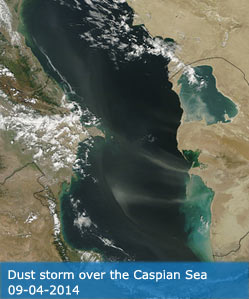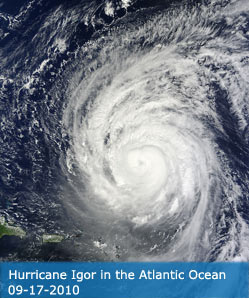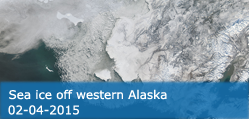Science Team
Publications
Mohammadi-Ahmadmahmoudi, P; Khaleghi, S; Ehteshami-Moinabadi, M (2025). A remote sensing approach for monitoring snow cover at the local scale and its melting effect on the spring hydrograph in Pirghar Karst aquifer. CARBONATES AND EVAPORITES, 40(1), 17.
Abstract
In previous studies, optical satellite images were used to monitor the snow cover area (SCA) and the effect of melting pulses caused by it on the hydrograph of karst springs, but these images were practically ineffective when there was cloud cover. This research attempt to overcome the limitation of cloud cover in SCA estimation and the effects of SC melting on the hydrograph of the karst springs. In this research, Sentinel-2 sensor images (in days without cloud cover) and Sentinel-1 sensor images (in cloudy days) were used for estimating SCA in Pirghar aquifer. Snow boundary parameter and snow cover elevation information were calculated by overlapping the SCA layers from Sentinel-2 and Sentinel-1 sensor with the Digital Elevation Model (DEM) layer. The Land Surface Temperature (LST) product of the Moderate Resolution Imaging Spectroradiometer (MODIS) sensor was used to estimate the temperature information and its changes in the aquifer. The results showed that the main discharge zones (A1 and A2) of the spring hydrograph in winter and spring were affected by SCA melting and there was a delay of 40 to 50 days between SCA melting peaks and spring discharge peaks. The monitoring of LST changes simultaneously with SCA and spring discharge showed that LST was the main controller of SCA changes, feeding and discharge process of the aquifer. In the first SCA storage zone (R1), LST has decreased from 10 degrees to -3 degrees C, and in the second SCA storage zone (R2), LST has fluctuated between - 1 degrees and - 10 degrees C. As the temperature increases above 0 degrees C, the SCA melting zones begin. Assessing the accuracy of the results using the ground measurement of Spring Water Temperature (SWT) and Electrical Conductivity (EC) and their correlation with SCA and LST factors presented that there was a negative correlation between these two parameters and SCA with values of -0.4 and - 0.89 and between them and the LST parameter had a direct relationship with the values of 0.4 and 0.77. This method allows for SC monitoring during times of cloud cover and allows for a more detailed examination of the effects of SC melting on the hydrograph of karst springs, which can be used in more accurate modeling of karst springs.
DOI:
10.1007/s13146-024-01051-3
ISSN:
1878-5212




